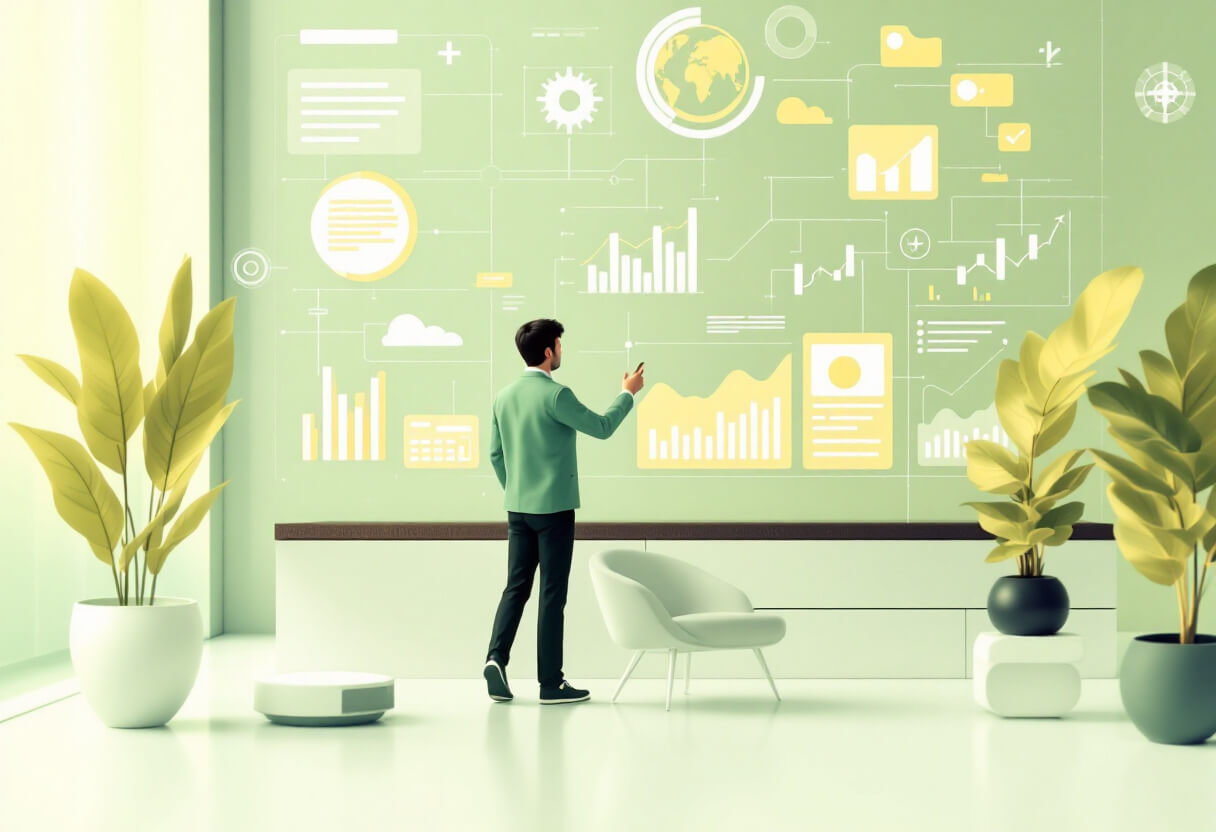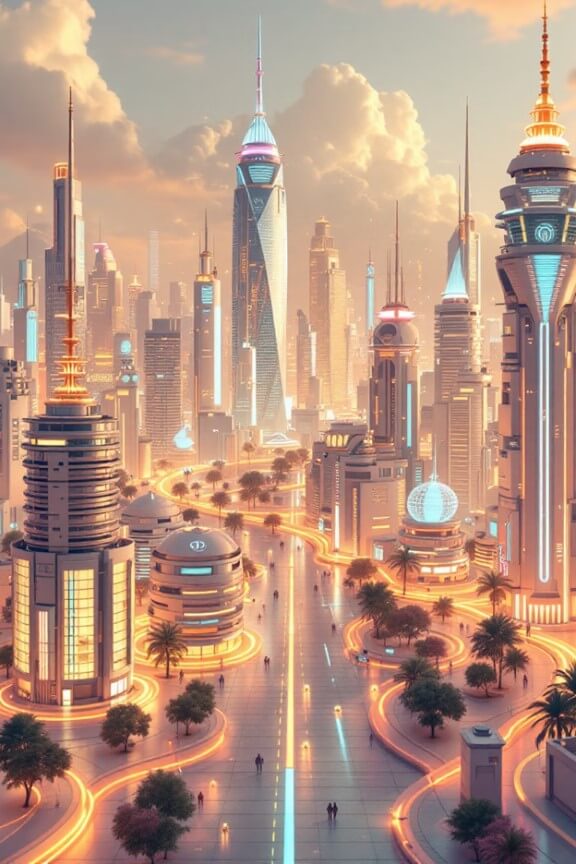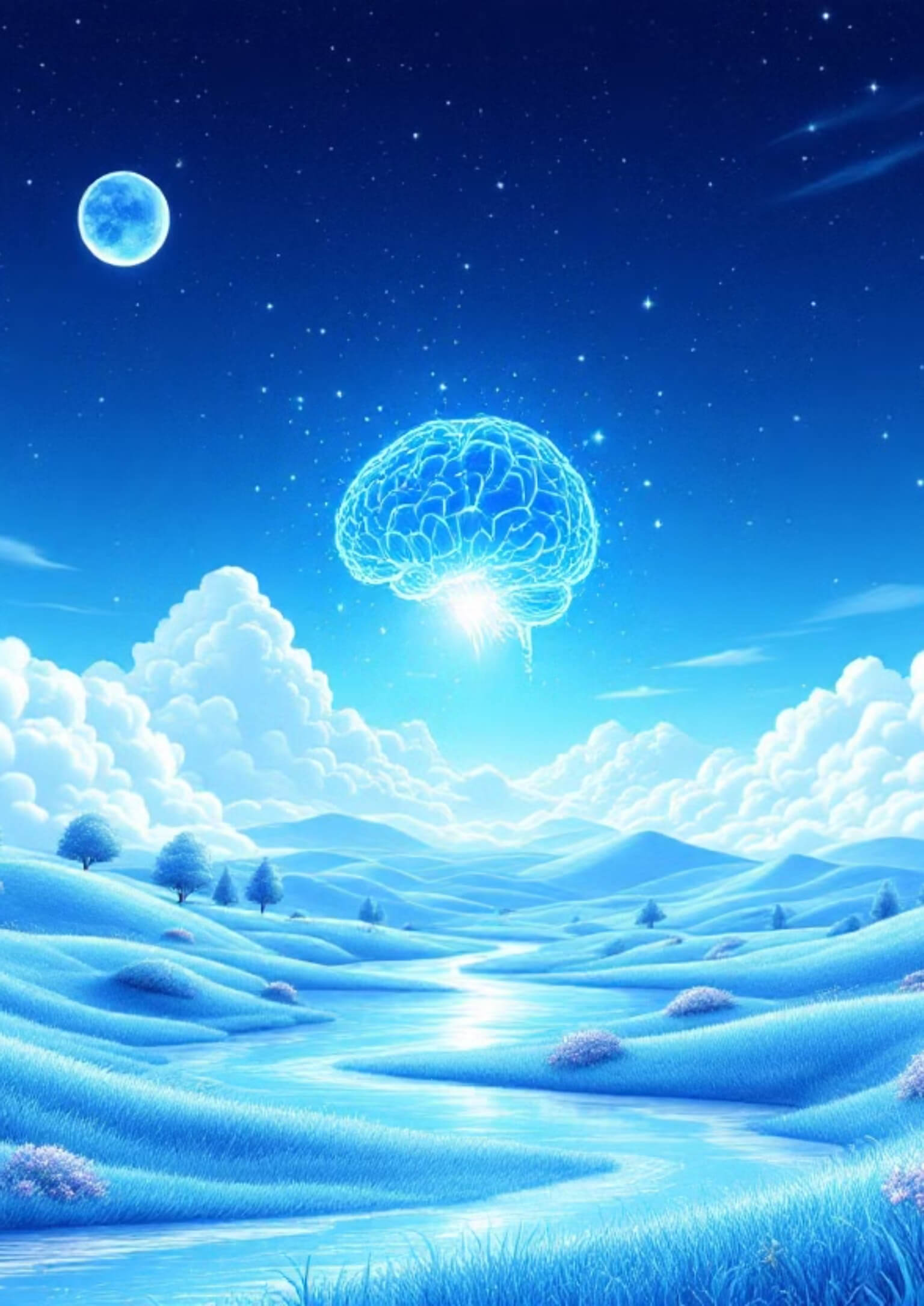In the world of digital art and design, Artificial Intelligence (AI) has become a groundbreaking tool, offering creators the ability to generate stunning images with just a few simple inputs. But how do AI image generators work? What makes these tools so powerful and efficient in creating artwork that mirrors human creativity? In this article, we will explore the technology behind AI image generators, including the role of machine learning, neural networks, and some popular AI tools used in the creative process.
What Are AI Image Generators?
AI image generators are advanced software tools that utilize artificial intelligence to create images based on text prompts or other forms of input. These tools leverage algorithms trained on vast datasets to recognize patterns in art, composition, and visual elements, which they then use to generate new and unique artworks. Unlike traditional design software, AI generators can automatically create complex images in a fraction of the time it would take a human designer, making them a popular choice for artists, designers, and content creators.
The Role of Machine Learning in AI Art Generation
Machine learning (ML) plays a crucial role in the functionality of AI image generators. At its core, machine learning enables the AI system to “learn” from large amounts of data and improve its output over time. In the case of AI-generated art, the machine is trained using thousands, if not millions, of images to understand how different elements—such as color, shape, texture, and composition—work together to create a visually appealing image.
One of the key aspects of machine learning in AI art is the use of neural networks, which are designed to mimic the way the human brain processes information. These neural networks allow the AI to analyze and interpret visual data, enabling it to create original images based on the patterns it has learned. This deep learning process is why AI image generators can produce such realistic and creative results.
Neural Networks: The Backbone of AI Creativity
Neural networks are at the heart of most AI image generation tools. They are a type of machine learning model that consists of layers of artificial neurons, which are interconnected and designed to process and interpret data. In the context of AI-generated art, these networks analyze various attributes of existing images—such as lines, colors, textures, and patterns—and use this knowledge to generate new images that are both unique and relevant to the input provided.
One example of a popular neural network used in image generation is Generative Adversarial Networks (GANs). GANs consist of two networks: the generator, which creates new images, and the discriminator, which evaluates how realistic those images are. Through a process of trial and error, these two networks work together to produce highly realistic images that look as if they were created by human hands.
One of the key aspects of machine learning in AI art is the use of neural networks, which are designed to mimic the way the human brain processes information. These neural networks allow the AI to analyze and interpret visual data, enabling it to create original images based on the patterns it has learned. This deep learning process is why AI image generators can produce such realistic and creative results.
How AI Generates Images: A Step-by-Step Breakdown
Input (Prompt): The process starts when the user provides an input, usually in the form of a text prompt (e.g., “A futuristic cityscape at sunset”). The AI takes this input and begins processing it.
Data Processing: The neural network analyzes vast datasets of images related to the prompt. It looks for common patterns, styles, and visual elements to better understand how to generate an image that matches the description.
Image Creation: Based on its analysis, the AI begins creating the image, adjusting colors, lighting, shapes, and other visual factors. The AI’s “creativity” is shaped by the data it has been trained on and the algorithms it uses to interpret the input.
Output: Once the AI has completed the image generation, it presents the final result. The user can then download, share, or use the image for various creative purposes.
Popular AI Image Generation Tools
There are many AI image generators available today, each offering unique features and capabilities. Here are some of the most well-known tools in the industry:
MidJourney: Known for producing highly artistic and surreal images, MidJourney uses deep learning techniques to create visually striking images based on text prompts.
DALL·E: Developed by OpenAI, DALL·E can generate a wide range of images, from realistic photos to imaginative and abstract visuals. It’s particularly good at understanding complex prompts and creating images that match those descriptions.
Stable Diffusion: An open-source AI image generator that focuses on generating realistic images with high-quality detail. It’s popular among artists and creators who need precise and customizable outputs.
The Future of AI-Generated Art
As AI technology continues to evolve, the possibilities for AI-generated art are virtually endless. With advancements in machine learning, neural networks, and data processing, future AI tools will likely be able to create even more sophisticated and nuanced images. These tools could revolutionize how we approach creativity in the digital age, empowering artists, designers, and content creators to push the boundaries of their work.
AI-generated art also raises important questions about the nature of creativity and the role of technology in the creative process. While AI is certainly a powerful tool, it’s important to remember that human input and creativity are still central to producing meaningful and impactful art.
Conclusion
AI image generators are changing the way artists and creators approach their craft. By using machine learning and neural networks, these tools can generate complex, high-quality images that would be difficult or time-consuming to create manually. As AI continues to improve, these tools will only become more advanced, offering even more creative possibilities for designers and content creators alike. Whether you’re using tools like MidJourney, DALL·E, or Stable Diffusion, AI is reshaping the landscape of digital art, offering a new era of creativity powered by technology.




